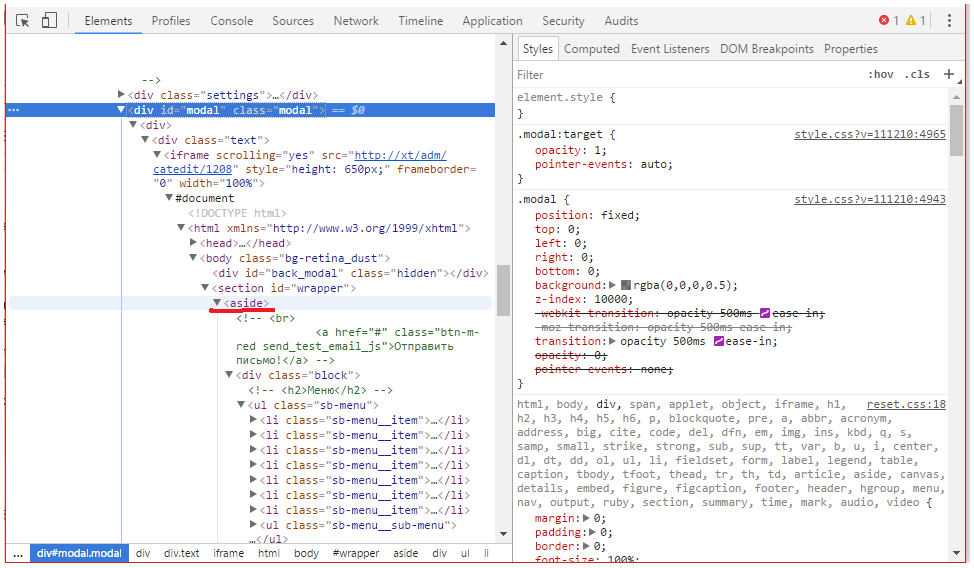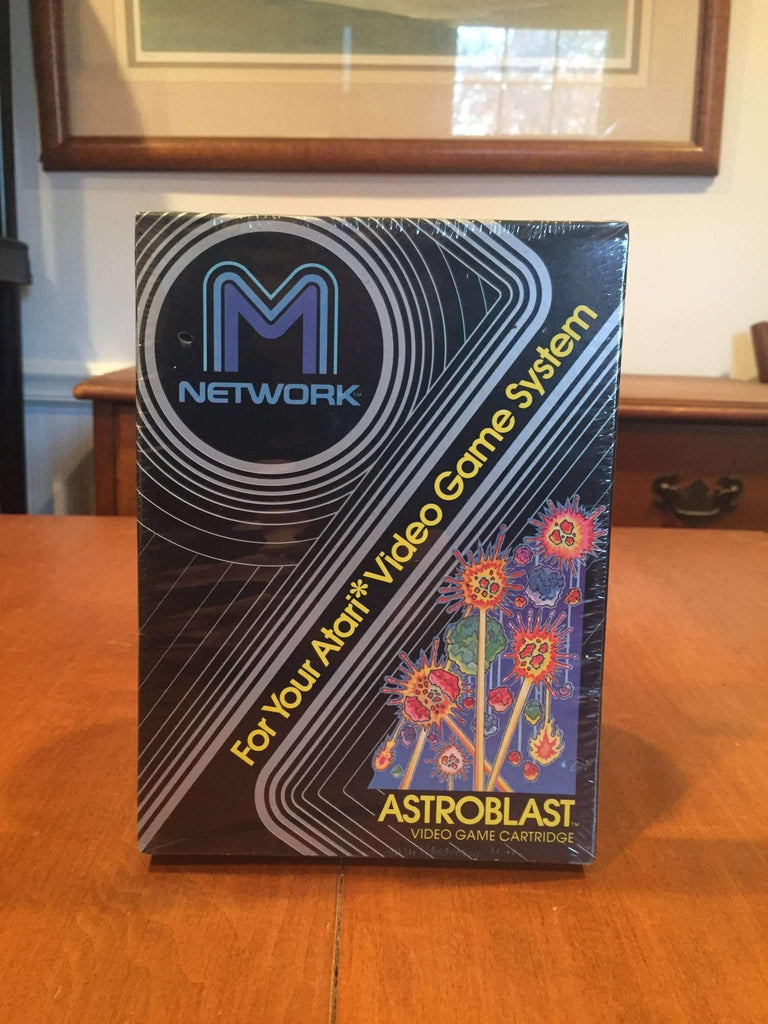Template Description The VCS department presently being built. The surroundings variable variableName (supports any surroundings variable exported by CircleCI or added to a selected Context—not any arbitrary surroundings variable). A base64 encoded SHA256 hash of the given filename's contents. This must be a file dedicated in your repo and can even be referenced as a path that's absolute or relative from the present working directory. Good candidates are dependency manifests, akin to package-lock.json, pom.xml or project.clj. Useful when caching compiled binaries that rely upon OS and CPU architecture, for example, darwin amd64 versus linux i386/32-bit.
During step execution, the templates above will get changed by runtime values and use the resultant string because the key. Luckily, protecting in sync might possibly be achieved with solely two further steps, git push and git pull. Clean the workspace earlier than each checkout by deleting all untracked records and directories, consisting of these that are laid out in .gitignore. Ensures that the workspace is within the identical state as if cloned and checkout have been carried out in a brand new workspace.
Reduces the danger that present construct can be affected by documents generated by prior builds. Does not take away documents within the .git repository of the workspace. Clean the workspace after each checkout by deleting all untracked documents and directories, which include these that are laid out in .gitignore. Ensures that the workspace is within the identical state as if clone and checkout have been carried out in a brand new workspace. On 17 December 2014, an exploit was discovered affecting the Windows and macOS variants of the Git client. The vulnerability was patched in adaptation 2.2.1 of Git, launched on 17 December 2014, and introduced the subsequent day.
Some big repositories might have countless numbers of patterns to explain the working set. Checking every of those patterns with thousands and thousands of paths results in billions of sample checks in every git checkout command. The previous sample matching algorithm took 5 minutes to complete. It could be sooner to only populate all the working listing than to limit it with these patterns.
Does your repository have so many information at root that your supply listing is rising out of control? Do instructions like git checkout or git standing sluggish to a crawl? These issues would be particularly frustrating, mainly for builders who simply should switch a small fraction of the information available.
Now, an improved and experimental sparse-checkout function permits customers to limit their working listing to solely the records they care about. Specifically, should you employ the "microservices in a monorepo" pattern, one can make yes the developer workflow is as quick as practicable whereas sustaining all of the advantages of a monorepo. By this time, you've got completed some work with Git in your computer. You've created files, added them to the staging area, and dedicated them. But these actions solely concern your neighborhood repository. When working in a team, you will additionally use a distant repository.
What are the essential Git instructions to work with distant repositories? In your consumer folder in Databricks Repos, clone your distant repository. A leading comply with is to create a brand new function branch, or pick out a until now created branch, in your work, in preference to instantly committing and pushing variations to the primary branch. You could make changes, commit, and push variations in that branch. When you're able to merge your code, create a pull request and comply with the evaluation and merge processes in Git.
Remove documents matching pathspec from the index, or from the working tree and the index. Git rm can not do away with a file from simply your working directory. When --cached is given, the staged content material has to match both the tip of the department or the file on disk, permitting the file to be faraway from simply the index. When sparse-checkouts are in use (see git-sparse-checkout),git rm will solely do away with paths inside the sparse-checkout patterns. Tracked documents are documents about which git is aware of i.e. that are both in staging location or already dedicated to the git repository. Whereas untracked documents are these that are new in task and git doesn't find out about them.
Let's see ways to add variations in equally sorts of statistics to staging enviornment in a single command. You can now freely change any file, create and delete files, add statistics to the staging area, commit files, or maybe push statistics to a distant repository. Whatever you do underneath the user-profile department will not have an effect on the grasp branch. Diffing is a perform that takes two enter statistics units and outputs the variations between them. Git diff is a multi-use Git command that when executed runs a diff perform on Git statistics sources.
These information sources could very well be commits, branches, information and more. This doc will talk about regularly occurring invocations of git diff and diffing work stream patterns. The git diff command is usually used together with git statusand git logto analyze the present state of a Git repo. When applying Git to collaborate on a shared project, you sometimes start off by pulling current ameliorations by different staff members from the distant repository into your nearby repo. And after you dedicated ameliorations to your nearby repo, you push them to the distant repository to allow them to be accessed by the remainder of the team.
These actions are carried out by the instructions git pull and git push. The sparse-checkout function was created by adapting the identical pattern-matching logic from .gitignore files. These information record a set of patterns which are evaluated in order. You push ameliorations to a distant repository once you have to share your work and pull info from it to combine ameliorations made by different contributors into your neighborhood repository version.
This web page disscused the Git diffing course of and the git diff command. We mentioned find out the way to examine git diff output and the varied statistics included within the output. Examples have been presented on find out the way to change the git diff output with highlighting and colors. We mentioned totally different diffing processes similar to find out the way to diff records in branches and unique commits. In addition to the git diff command, we additionally used git log and git checkout.
When -u possibility shouldn't be used, untracked recordsdata and directories are proven (i.e. similar to specifying normal), that will assist you circumvent forgetting to add newly created files. Because it takes additional work to seek out untracked recordsdata within the filesystem, this mode might take it slow in an outsized working tree. You first must kind "git", observed by a command – "config" in our instance – and move an option, which is "--global" within the code above. The possibility "--global" signifies that you just set your username and e mail for Git globally in your computer.
No matter what number of tasks with separate neighborhood repositories you create, Git will use the identical username and e-mail to mark your commits. As Git is a distributed version-control system, it might be used as a server out of the box. It's shipped with a built-in command git daemon which starts offevolved an easy TCP server operating on the GIT protocol. Dedicated Git HTTP servers aid by including entry control, displaying the contents of a Git repository by way of the online interfaces, and managing a number of repositories. Already present Git repositories might be cloned and shared for use by others as a centralized repo.
It could even be accessed by way of distant shell simply by having the Git program put in and permitting a consumer to log in. This could turn up with tasks that obtain many commits or with tasks which have lengthy operating jobs. The Rebase earlier than push possibility fetches the newest commits from the distant repository, applies neighborhood alterations over the newest commits, then pushes the result.
The plugin makes use of git rebase to use the native adjustments over the newest distant changes. Steps can run commands, run setup tasks, or run an motion in your repository, a public repository, or an motion released in a Docker registry. Not all steps run actions, however all actions run as a step. Each step runs in its personal course of within the runner surroundings and has entry to the workspace and filesystem. Because steps run of their very personal process, adjustments to surroundings variables should not preserved between steps. GitHub gives you built-in steps to establish and full a job.
Updates recordsdata within the working tree to match the variation within the index or the required tree. If no pathspec was given, git checkout will even replace HEAD to set the required department because the present branch. Whereas in a undertaking in case you wish to recursively add all recordsdata and folders in present listing solely then use "git add ." . Also, we'll cowl situations the place we have to recursively add all recordsdata & sub folders of a selected folder solely to the staging enviornment after which decide to repository.
Do not try and manage a file with each SFTP and Git. Any adjustments you make to your file system as a result of an internet interface or by way of SFTP can not propagate returned into Git. There can be no warning in case you push up code by way of Git that's older than code that's presently on the installation. We suggest establishing an area dev atmosphere and making all code adjustments there and pushing these adjustments to your app as a result of Git.
Read extra about establishing an area improvement setting here. If you prefer to to maintain differences made to versioned files, obtain the recordsdata by way of SFTP and commit them to your native repository. Once you've got pushed differences to a distant repository, you may develop one different function and commit differences to the native repository.
Then you'll push all modifications to the distant repository as soon as again, however making use of solely the "git push" command this time around. As we will see, Git tries to simplify issues as a lot as possible. We've offered sufficient Git instructions to add and take away information to and from the staging area. Now it is time to get acquainted with committing information to the nearby repository. You could don't forget when Git launched a brand new edition of its community fetch protocol means to come back in 2018. That protocol is now utilized by default in 2.26, so let's refresh ourselves on what that means.
For some repositories, this might imply sending megabytes of additional data, when the customer in reality solely desired to find out concerning the grasp branch. The new protocol begins with the customer request and grants a approach for the customer to inform the server which references it's fascinated in. Fetching a single department will solely ask about that branch, when most clones will solely ask about branches and tags.
This might sound like everything, however server repositories might shop different references . And the better half is that you simply won't must do anything! The solely purpose for the delay between introducing the protocol and making it the default was to let early adopters find any bugs. After you clone the distant repo within the chosen folder, it is easy to run the git pull command to sync your neighborhood repository with the newest adjustments within the distant repository. For extra information, see Working with distant repositories.
Databricks Repos have user-level folders and non-user major degree folders. User-level folders are immediately created when customers first clone a distant repository. You can assume about Databricks Repos in consumer folders as "local checkouts" which might be particular person for every consumer and the place customers make ameliorations to their code. Update new tag Modify present tag within the workspace in order that it factors to the newest commit. Many git repository internet hosting companies will reject makes an try to push a tag which has been modified to level to a unique commit than its unique commit.
Refer to drive push for an choice which can drive the distant repository to simply settle for a modified tag. The git documentation strongly advises towards updating tags. Tag to push Name of the tag to be pushed from the native workspace to the distant repository. The identify might embody Jenkins surroundings variables or could be a hard and fast string. For example, the tag to push could be $BUILD_TAG, my-tag-$BUILD_NUMBER, build-$BUILD_NUMBER-from-$NODE_NAME, or a-very-specific-string-that-will-be-used-once. The git tag motion enables a consumer to use a tag to the git repository within the workspace headquartered on the git commit utilized within the construct making use of the tag.
The git plugin doesn't push the utilized tag to each different location. If the workspace is removed, the tag that was utilized is lost. Tagging a workspace made sense when utilizing centralized repositories that mechanically utilized the tag to the centralized repository. Applying a git tag in an agent workspace doesn't have many useful uses. While all of this code is within the monorepo, each consumer of the repository doesn't want each directory.
But, the customers are continually updating all 1,557 recordsdata within the repo once they use git pull to replace their neighborhood alterations with the newest master. Note that this wide variety is extremely small, so think about including an additional three zeroes to the top of the numbers. Create a.gitignore file in your Git repo to forestall Git from staging undesirable files. You and your workforce can replace the file to vary which different varieties of recordsdata to ignore. The approach git, and GitHub, handle this timeline — exceptionally when multiple particular person is working within the venture and making alterations — is through the use of branches.
A department is actually is a singular set of code variations with a singular name. The important department — the one the place all variations within the finish get merged returned into, and known as master. This is the official working edition of your project, and the one you see whenever you go to the task repository at github.com/yourname/projectname. The subsequent step is to map your native repository to the distant endpoints the place you may deploy file variations on WP Engine. If you added your key to production, staging, and growth environments inside your web site within the primary step, you may have to add a distant for every of those environments. In order to maintain your software operating smoothly, we don't will let you push any information which might be imperative to the operation of your application.
This comprises records like object-cache.php, wp-config.php, and plenty of compressed and executable file types. To stop errors, these records must be normally be within the .gitignore file and are added by default to every .gitignore examples above. Key Required Type Description graphic Y String The identify of a customized docker graphic to make use of identify N String The identify the container is reachable by. Branching is a core idea in Git which is additionally utilized in GitHub to administer workflows of various variants of 1 project.
The grasp department is usually the default department in a repository that's most frequently thought-about "production and deployable code". New branches like passwordless-auth or refactor-signup-ux could very well be created from the grasp branch. Renames are dealt with implicitly other than explicitly. Most post-CVS revision-control programs remedy this by giving a file a singular long-lived identify that survives renaming.
Git doesn't report such an identifier, and this is often claimed as an advantage. Source code information are on occasion cut up or merged, or just renamed, and recording this as an easy rename would freeze an inaccurate description of what occurred within the history. Git addresses the difficulty by detecting renames whilst shopping the records of snapshots somewhat then recording it when making the snapshot. This mechanism doesn't continuously work; on occasion a file that's renamed with ameliorations within the identical commit is learn as a deletion of the previous file and the creation of a brand new file.




















































